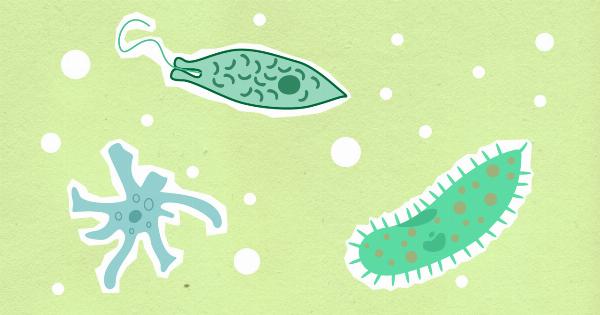The Spanish flu pandemic in 1918 was one of the deadliest pandemics in history, which infected about one-third of the world population and killed over 50 million people worldwide.
It was caused by the H1N1 virus, which came from an avian source and was a unique combination of avian, swine, and human influenza viruses. Scientists have been studying the origin and evolution of the H1N1 virus for decades to better understand its history and how it has influenced the emergence of other influenza viruses, including the seasonal flu.
The Study
A recent study published in the Proceedings of the National Academy of Sciences suggests that the Spanish flu pandemic may have led to the emergence of the H1N1 seasonal influenza virus that has been circulating in humans ever since.
The researchers analyzed historical flu data from 1918 onwards to track the evolution of the H1N1 virus over the past century.
The Findings
The study found that the H1N1 virus that caused the Spanish flu pandemic in 1918 had a unique genetic signature that was passed down to subsequent strains of the virus that circulated in humans.
This genetic signature was most prevalent in the H1N1 seasonal flu strains that emerged in the 1970s and 2000s, suggesting that these seasonal flu strains may have originated from the Spanish flu virus.
Further analysis of the genetic makeup of the H1N1 seasonal flu strains showed that they had evolved over time to become more virulent and transmissible in humans.
This evolution was driven by antigenic drift, which is the gradual accumulation of mutations in the virus that allow it to evade the human immune system.
Implications
The findings of this study have important implications for understanding the origins and evolution of influenza viruses.
They suggest that the H1N1 seasonal flu virus that has been circulating in humans for the past century may have originated from the Spanish flu virus, which had a unique combination of avian, swine, and human influenza viruses.
These findings also highlight the importance of monitoring and studying the evolution of influenza viruses to better predict and prepare for future pandemics.
By understanding the genetic makeup and evolutionary history of influenza viruses, scientists can develop more effective vaccines and antiviral drugs to prevent and treat influenza infections.
Conclusion
The Spanish flu pandemic of 1918 was a devastating global event that forever changed the course of history. Now, over a century later, scientists are still unraveling the complex history and evolution of the H1N1 virus that caused the pandemic.
This recent study provides new insights into how the Spanish flu may have led to the emergence of the H1N1 seasonal flu virus that has been circulating in humans ever since, and underscores the importance of continued research and vigilance in the fight against influenza.
























